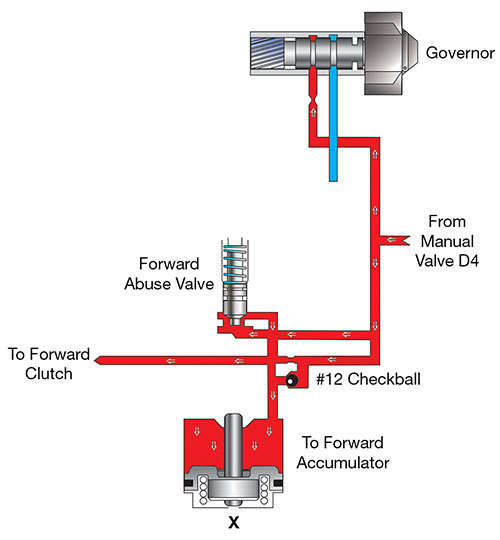So, I did the DIY flush recently as some of you saw I posted. Same day, in town, I noticed a 2-3 shift flair which had been narrowed down to 2nd gear slipping under power. It's not the whole gear and it doesn't always happen. I only notice it when trans temps are above 180 like on a hot summer day in Alabama in traffic around town. Fluid is a little over full when 180+, I haven't corrected it yet but I really don't think that's the problem to begin with.
I've mostly learned to drive around it and don't push 2nd hard as I used to. It made a 400 mile interstate trip fine and I've driven around here with no issues and I'm positive it'll make it back home 400 miles tomorrow.
However I'm going to need to address this before it burns up. I'm wondering if the shift kit by ctpowetrain on ebay will fix this? I know lots have experience with the kit here. It's like 2nd just isn't holding tight enough or the clutches are worn, I'm not sure. Just saddened that I serviced it and revealed a problem at such a bad time.
I'm stuck between tossing the kit in it or just babying it till it dies and throwing a reman in.
Side note, this is on my 2003 Silverado, 137,000 miles. 4l60e of course.
I've mostly learned to drive around it and don't push 2nd hard as I used to. It made a 400 mile interstate trip fine and I've driven around here with no issues and I'm positive it'll make it back home 400 miles tomorrow.
However I'm going to need to address this before it burns up. I'm wondering if the shift kit by ctpowetrain on ebay will fix this? I know lots have experience with the kit here. It's like 2nd just isn't holding tight enough or the clutches are worn, I'm not sure. Just saddened that I serviced it and revealed a problem at such a bad time.
I'm stuck between tossing the kit in it or just babying it till it dies and throwing a reman in.
Side note, this is on my 2003 Silverado, 137,000 miles. 4l60e of course.
Last edited:

 I expect the motor to let loose around 350k.
I expect the motor to let loose around 350k.



 Found it by luck. I highly considered not dumping that fluid.
Found it by luck. I highly considered not dumping that fluid.